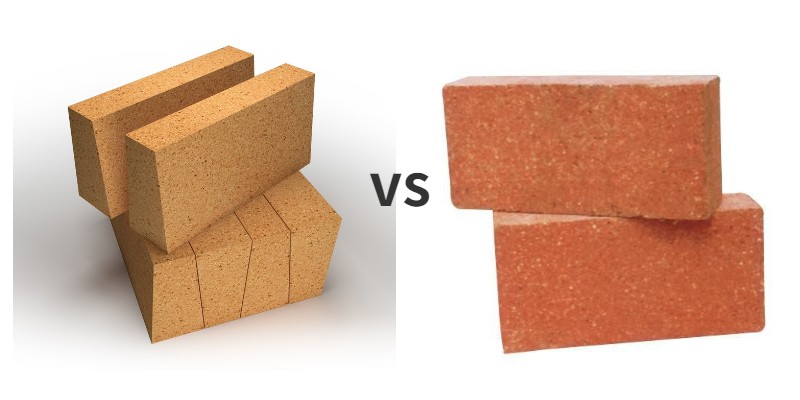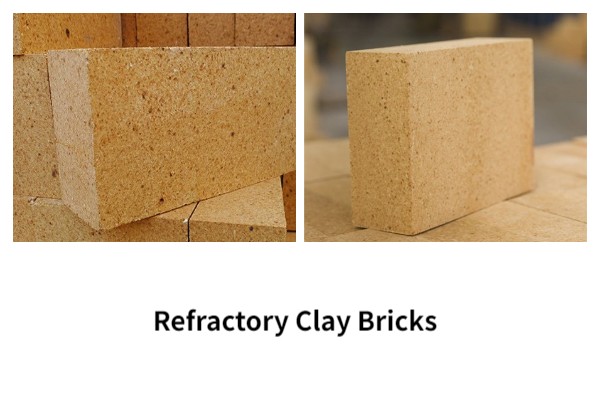Comparison between refractory clay bricks and ordinary bricks
Refractory clay bricks are special bricks with excellent high-temperature resistance and are widely used in high-temperature industrial equipment. While ordinary bricks are usually a conventional building material for construction and interior decoration. The following is a description of their differences.
The difference between refractory clay bricks and ordinary clay bricks

Ingredients are different
- Refractory clay brick: The main components are kaolin and other refractory materials, and the content of kaolin is relatively high, usually reaching more than 50%.
- Ordinary clay bricks: the main components are ordinary clay and other materials, and have no special fire resistance.
The use range is different
- Refractory clay bricks: suitable for refractory buildings such as high-temperature industrial furnaces, furnaces, stoves, chimneys, ва ғайра., which can withstand high temperature and chemical corrosion environments.
- Ordinary clay bricks: suitable for general construction and decoration projects, such as house walls, ground paving, fences, ва ғайра.
The production process is different
- Refractory clay bricks: high-quality refractory materials such as kaolin are used, and fired at high temperatures to ensure stable refractory performance.
- Ordinary clay brick: It is relatively simple to make, using ordinary clay and other auxiliary materials, and usually fired at a lower temperature.
Advantages and disadvantages of ordinary clay bricks and refractory clay bricks
Characteristics of refractory clay brick

Advantages: It has extremely high fire resistance, can be used for a long time in high-temperature environments, and has strong chemical corrosion resistance.
Disadvantages: high cost, complex manufacturing process, limited scope of application, and cannot be used at room temperature.
Ordinary clay brick
Advantages: The production process is simple, the cost is relatively low, the application range is wide, and it can be used at room temperature.
Disadvantages: no fire resistance, cannot be used in high temperature and fire resistant environment, easy to deform or break at a higher temperature
 Заводи рефрактори Ронгшен
Заводи рефрактори Ронгшен
WeChat
Коди QR-ро бо wechat скан кунед